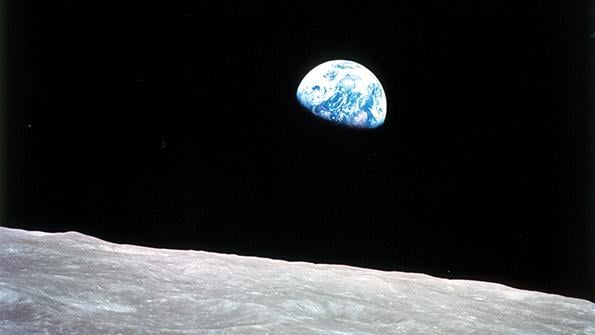Opinion: Buzz Aldrin Pays Tribute To Apollo 8 Astronaut Bill Anders

Credit: Bill Anders/NASA
Life is strange—never more than in the friends you make unexpectedly, how lives intertwine and where they lead. Bill Anders, who died June 7 at age 90 when the aircraft he was piloting crashed, was a friend and U.S. Air Force fighter pilot whom I met as part of NASA’s third astronaut class. While...
Opinion: Buzz Aldrin Pays Tribute To Apollo 8 Astronaut Bill Anders is available to both Aviation Week & Space Technology and AWIN subscribers.
Subscribe now to read this content, plus receive critical analysis into emerging trends, technological advancements, operational best practices and continuous updates to policy, requirements and budgets.
Already a subscriber to AW&ST or AWIN? Log in with your existing email and password.

